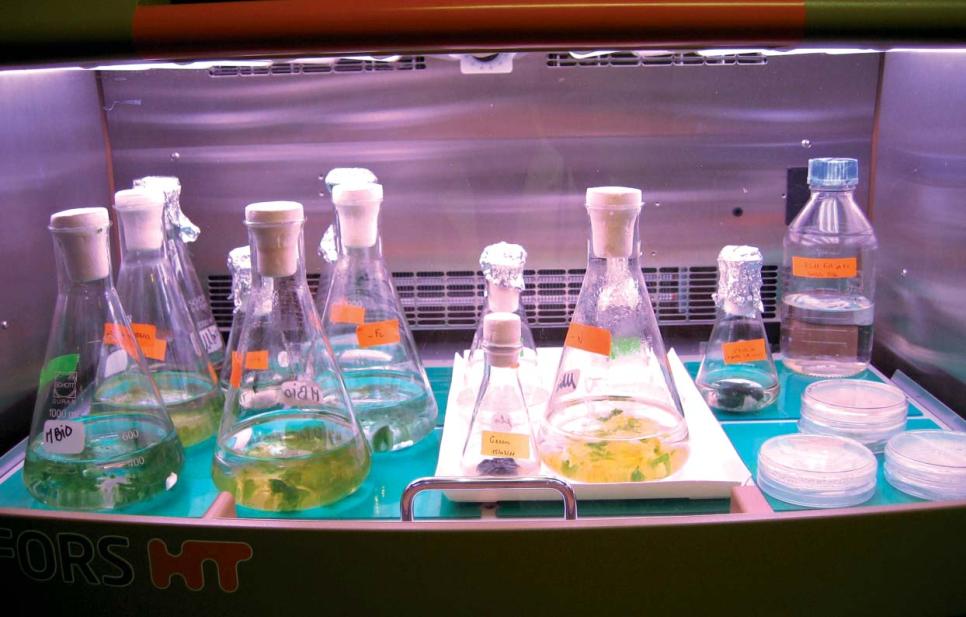Preserving biodiversity requires understanding the modalities and processes of its evolution. This theme currently involves a significant community of researchers in Montpellier and has its roots in naturalistic research that led to the early formation of collections. This ancient heritage continues to grow through research on current and past biodiversity. Today, collections are being digitized and are becoming reference databases that are increasingly accessible and visible.
The types of objects that make up these collections are very diverse, including soft tissues, skeletal tissues, DNA, chromosomes, whole specimens of current species, fossils, pollen, and living organisms. They represent a significant diversity of organisms (fauna, flora, microorganisms) with herbaria, reference pollen slides, Mediterranean marine and terrestrial animals and plants, mice and rodents ("model organisms"), living mouse strains, aquatic bacterial cultures, tropical and Mediterranean fish (freshwater and marine), fossil faunas and floras, as well as Paleartic amphibians and reptiles.
Research based on these collections uses diverse and innovative techniques and expertise, including macroscopic and microscopic observations, molecular analysis, sequencing, etc., drawing on a wide range of approaches such as morphometry, spectrometry, cytogemomics, gene expression, genomics, modelling, phylogeny, and phylogeography. These research efforts address one of the major challenges of our scientific community: to know, understand, and conserve biodiversity. These objectives are divided into three main issues:
Describing biodiversity
The first step in understanding biodiversity is to describe it accurately: inventory and name species, document their morphological or genetic variation, and define morphological identification criteria to enable managers and naturalists to identify the organisms they encounter. This systematic approach combines the study of morphological characters determined by specimen analysis and, increasingly, molecular characters using genetic resource collections (tissues and DNA). The Montpellier collections thus document current biodiversity at the regional scale (e.g. North Africa, Mediterranean, Western Arctic) and across continents (Africa, South America, Europe, Asia), as well as that of deep time (from the Paleozoic to the Quaternary).
Understanding the mechanisms that create and maintain biodiversity
Current biodiversity is the result of a long evolutionary history marked by diversification and extinction events. Understanding how evolution shapes patterns of diversity lies at the heart of evolutionary biology. Collections allow the study of geographic variations in phenotypes or genotypes, as well as temporal variations, as they enable the study of traits of populations that lived in the past. Currently, by combining the study of patterns of genetic and phenotypic variability, collections allow for the identification of evolutionary determinants of diversity and the analysis of diversification processes.

Predicting changes in biodiversity
Documenting temporal changes in species distribution and abundance is essential for assessing the capacity of organisms and communities to respond to global changes, whether they are climatic or anthropogenic. To predict the evolution of biodiversity, researchers use models to simulate scenarios of change. The reliability of these models, whether mechanistic or statistical, depends on the quality of the available data on the spatial and temporal distribution of biodiversity. Collections represent an essential tool for documenting the current or past distribution of organisms due to their richness in organisms and the quality of the associated information. Thus, they are indispensable for ensuring the quality of decision-making tools regarding biological and societal issues related to the 6th extinction. It is therefore evident that the richness and scientific value of the Montpellier collections make their long-term preservation essential to ensure their future use.

